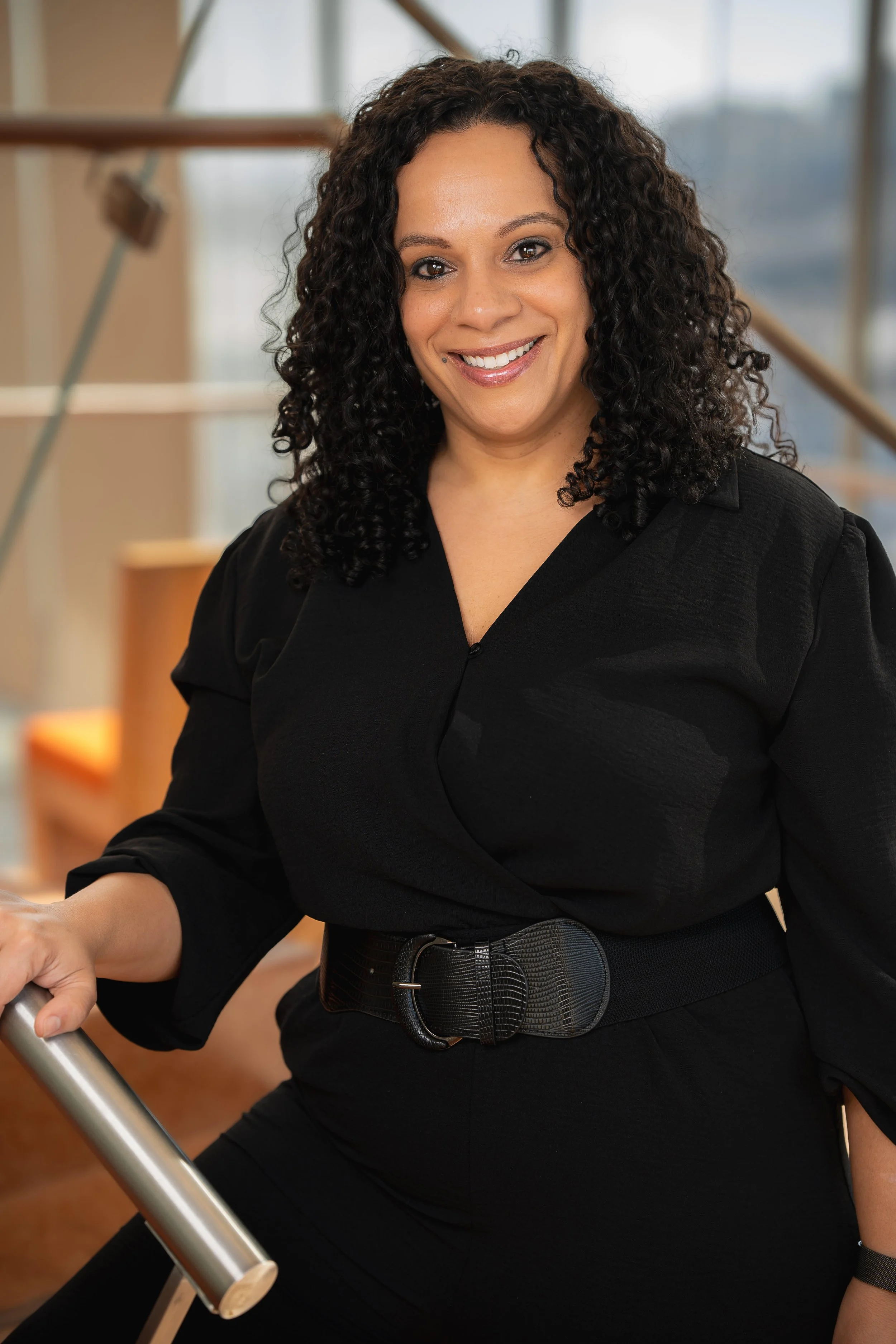
Energy insecurity is defined as the inability to meet household energy needs which is used for heating, cooling, cooking, lighting, refrigeration and to power electric medical devices and other technological appliances. The concept of energy insecurity reflects the interplay between economic factors and housing conditions as well as people’s coping strategies to prevent or respond to unaffordable bills and challenges in achieving a comfortable temperature at home or otherwise use sources of home energy such as electricity, gas and heating fuels.
The Three Dimensions of Energy Insecurity (EI)
-

Economic
Challenges in affording household energy bills as reflected by a disproportionate share of household income allocated to utility expenses (i.e., energy burden) as well as debt/arrearages due to missed and partial payments that can lead to a disconnection notice or shut-off due to non-payment
-

Physical
Housing deficiencies that hinder thermal comfort, induce harmful environmental exposure including extreme indoor temperatures, and may increase energy costs. This reflects poor insulation, and heating/cooling equipment and appliances that are costly to operate due to inefficiencies or that no longer function or are in need of repair or upgrading.
-

Coping
Adaptive strategies that impacted households use to manage and cope with energy insecurity. This may include reducing energy consumption to save (i.e., vigilant conservation), forgoing other basic needs to afford utility bills, relying on alternative heating sources such as a stove, oven or space heater or turning to energy assistance for help.
The lived experience of Energy Insecurity
In the Media
About Dr. Diana Hernández
Diana Hernández, PhD is a tenured Associate Professor of Sociomedical Sciences at Columbia University’s Mailman School of Public Health. Dr. Hernández conducts research at the intersection of energy, equity, housing and health. A sociologist by training, her work focuses on the social and environmental determinants of health and examines the impacts of policy and place-based interventions on the health and well-being of socioeconomically disadvantaged populations.
An innovator in the field, Dr. Hernández has operationalized and conducted foundational research on the concept of 'energy insecurity' which reflects the inability to adequately meet household energy needs. Her pathbreaking work on energy insecurity has explored the multiple dimensions of this phenomenon identifying sociodemographic disparities, adverse consequences and promising interventions toward energy justice.
A noted visionary, Professor Hernández' work is broadly dedicated to exploring the links between housing and health and reimagining how housing can support public health as a site of intervention and health promotion. Much of her community-oriented research has been done in collaboration with community groups and government agencies around the country. Moreover, several of her projects have been conducted in her native South Bronx neighborhood, where she also lives and invests in social impact real estate.





